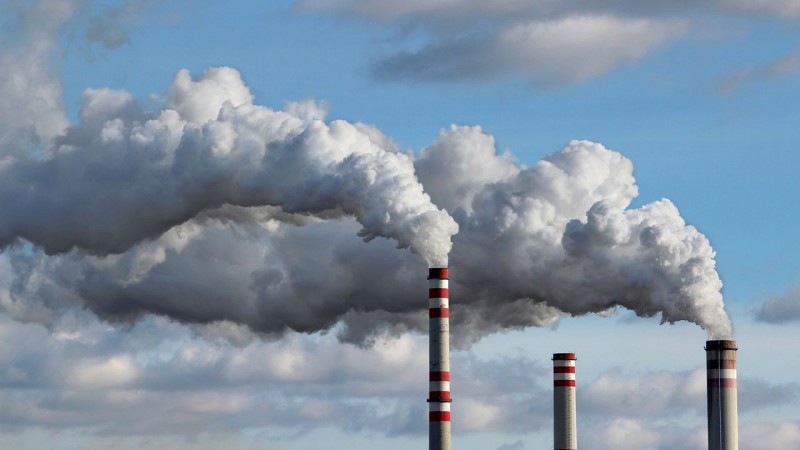
Pollution is a pressing global concern, and understanding its intricate effects on the human body is crucial for our well-being. When we breathe in polluted air, the body's intricate defense mechanisms come into play, shielding us from potential harm. In this in-depth exploration, we will uncover how pollution affects various parts of the human body, going beyond the surface to understand the complexities of this issue.
The respiratory system is the first to bear the brunt of inhaled pollutants, setting the stage for their potential harm. Let's take a closer look:
When you take a breath, air enters your body through the nose and mouth. Here, tiny hair-like structures called cilia work diligently to filter out larger particles and impurities. This initial filtration process is crucial in preventing pollutants from advancing further into the respiratory system.
Unfortunately, not all pollutants are trapped in the upper respiratory tract. Particulate matter, chemicals, and toxins that manage to bypass this initial defense can penetrate the lower respiratory tract, specifically the lungs:
Fine particulate matter, often referred to as PM2.5 and PM10, poses a significant risk. These minuscule particles can be deeply inhaled and, when they reach the lungs, may lead to a range of respiratory problems and even cardiovascular issues.
Gases like nitrogen dioxide (NO2) and sulfur dioxide (SO2) can irritate the airways, causing inflammation and exacerbating conditions like asthma. Prolonged exposure to these chemicals can have serious health consequences.
Carbon monoxide is a particularly insidious pollutant. It interferes with the body's ability to carry oxygen, leading to oxygen deprivation in vital organs. This can result in symptoms ranging from mild headaches to more severe conditions.
While the lungs are the primary target, pollution's effects can extend to the cardiovascular system, albeit indirectly:
Inflammatory responses triggered by inhaled pollutants do not limit their impact to the respiratory system alone. They can extend to affect blood vessels, leading to oxidative stress. This, in turn, increases the risk of cardiovascular diseases.
It's alarming to note that long-term exposure to pollution is associated with elevated blood pressure. Additionally, it escalates the risk of heart attacks and strokes, making it an undeniable threat to cardiovascular health.
The influence of pollution transcends the lungs and heart, affecting various systems and aspects of the human body:
Recent research suggests that pollution might also affect the central nervous system. This raises concerns about cognitive decline, particularly in individuals exposed to high levels of pollution over an extended period.
Pollution's reach extends even to the realm of reproductive health. Exposure to certain pollutants can harm fertility and impact pregnancy outcomes. This underscores the far-reaching consequences of pollution.
Pollution can weaken the immune system, rendering the body more susceptible to infections and diseases. It's a stark reminder of how environmental factors can undermine our body's natural defenses.
Understanding the adverse effects of pollution on the human body is a crucial first step. To mitigate these effects, proactive measures are necessary:
Improving air quality is paramount. Emissions reduction, the creation of green spaces, and the promotion of public transportation can significantly reduce the health risks associated with pollution. These measures are pivotal in safeguarding public health.
On an individual level, we can take steps to protect ourselves from pollution's harmful effects. Using masks in heavily polluted areas and investing in air purifiers for our homes can provide an extra layer of defense.
In conclusion, pollution's primary target is the respiratory system, with the lungs bearing the initial brunt of its assault. However, its impact is far-reaching, affecting the cardiovascular system, the nervous system, and overall health. To safeguard our well-being, it's crucial to address pollution at both personal and societal levels. Pollution is a complex challenge, but with awareness, proactive measures, and a commitment to cleaner air, we can continue to fight for a healthier future. As we navigate the intricate landscape of pollution's impact on the human body, it becomes clear that the consequences are not confined to a single system. Pollution affects us on multiple fronts, highlighting the urgency of addressing this critical issue.
World Polio Day 2023: The Date, Historical Relevance, Theme, and More
Sri Lanka: Wickremesinghe Undertakes First Cabinet Shuffle, Reassigns Health Minister's Role